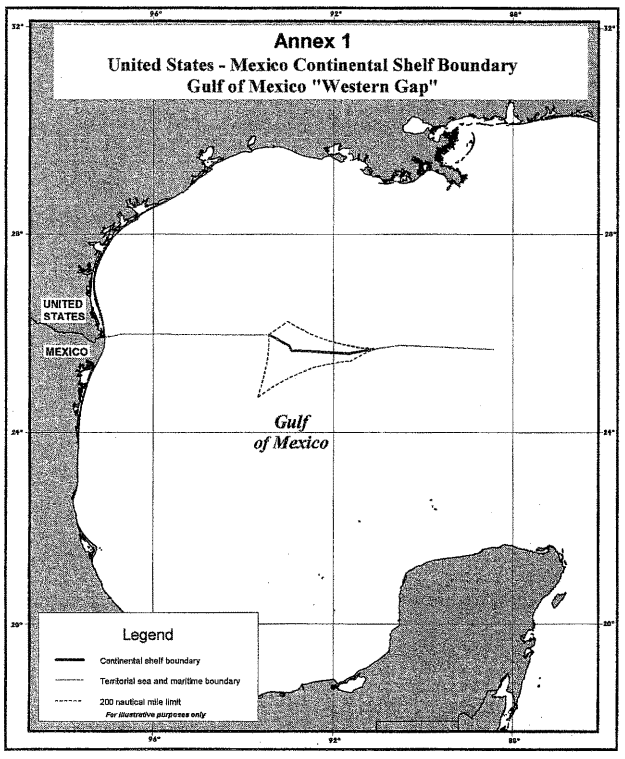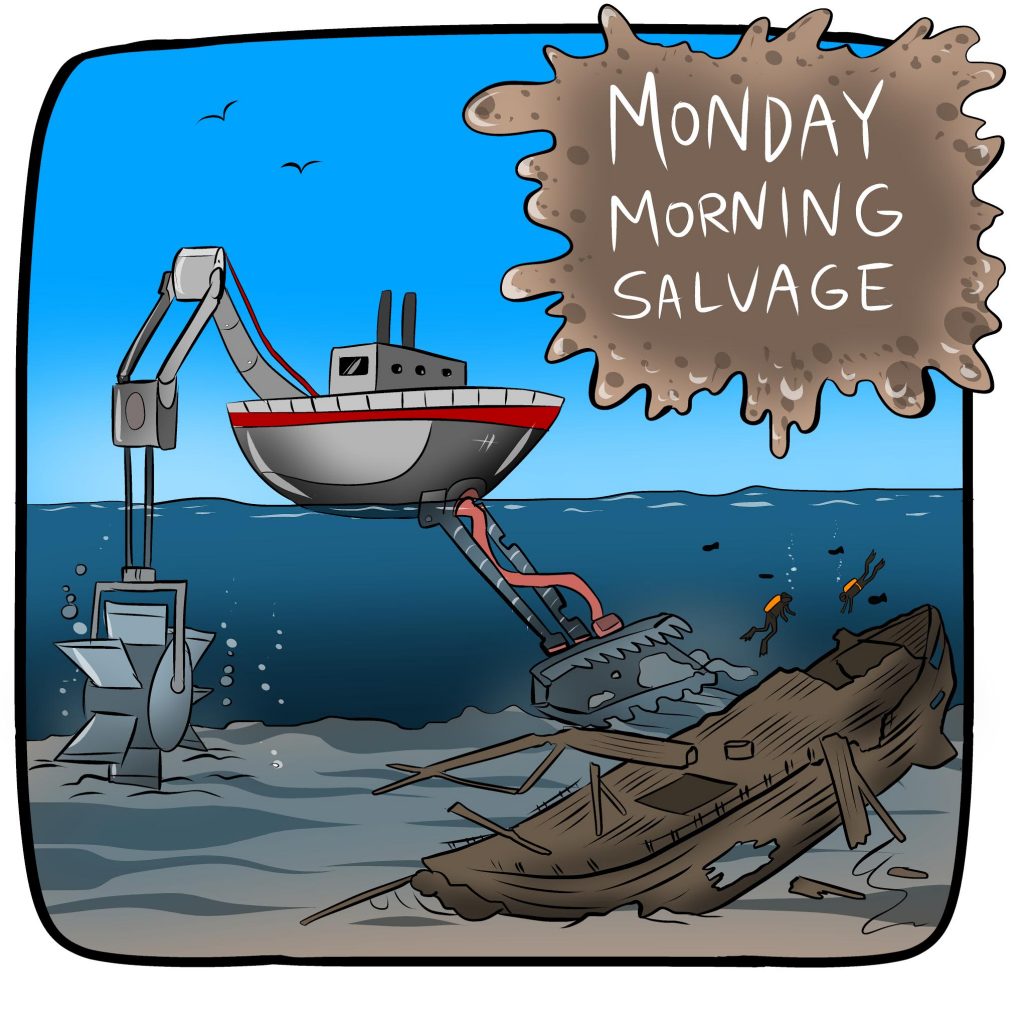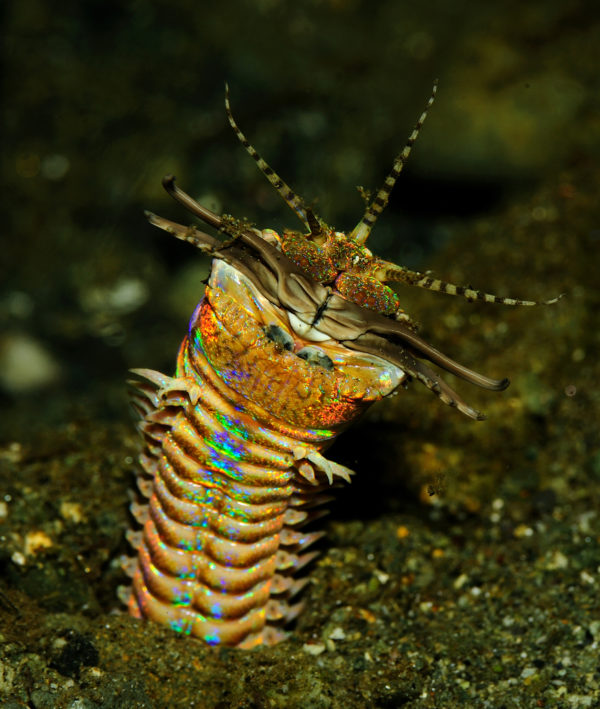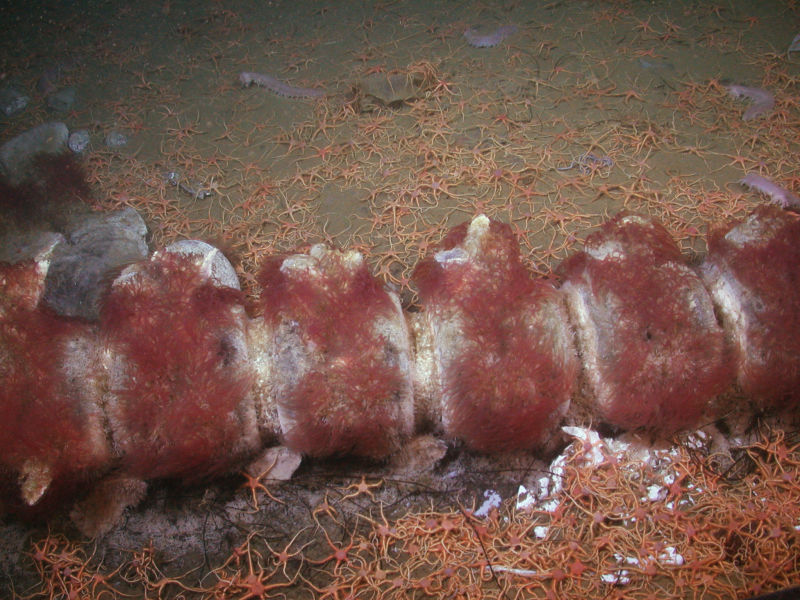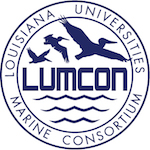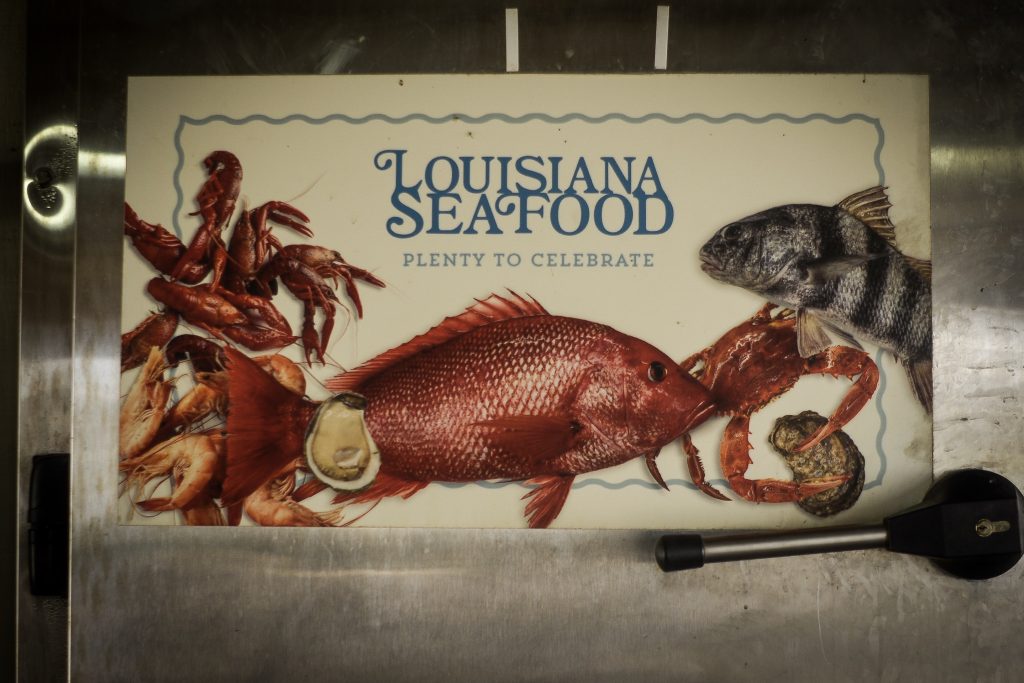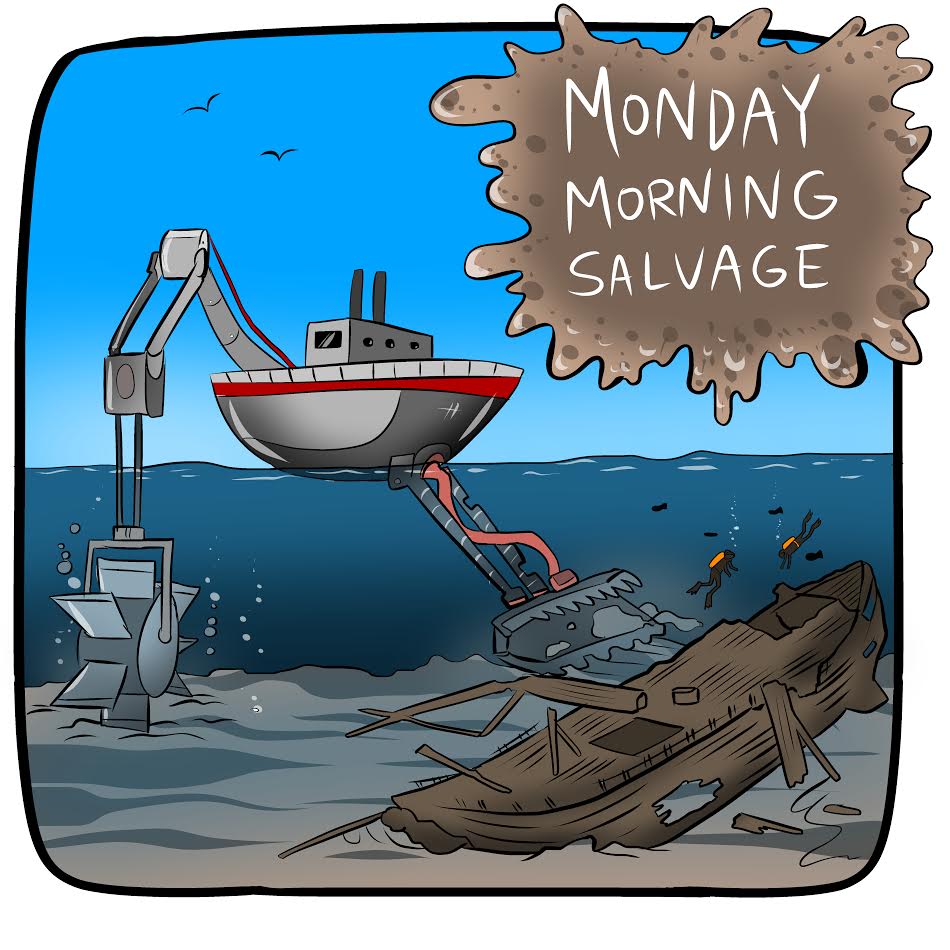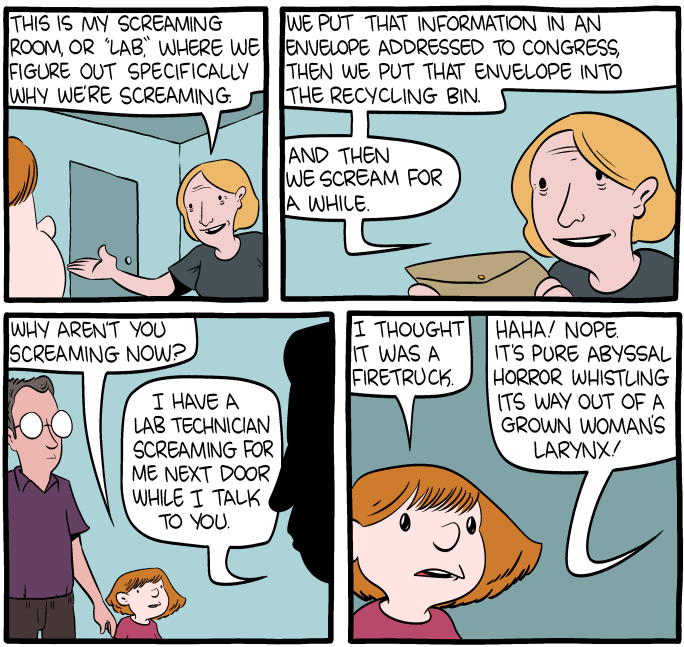Transcript below.
The deep-sea mining world was thrown a curveball last week when, as the spring session of the International Seabed Authority came to a close, the Metals Company, one of several commercial ventures seeking permission to mine polymetallic nodules in the Clipperton-Clarion Zone, announced that they would seek permission to mine directly from the United States, … Read More “The Metals Company has a Jones Act Problem” »
